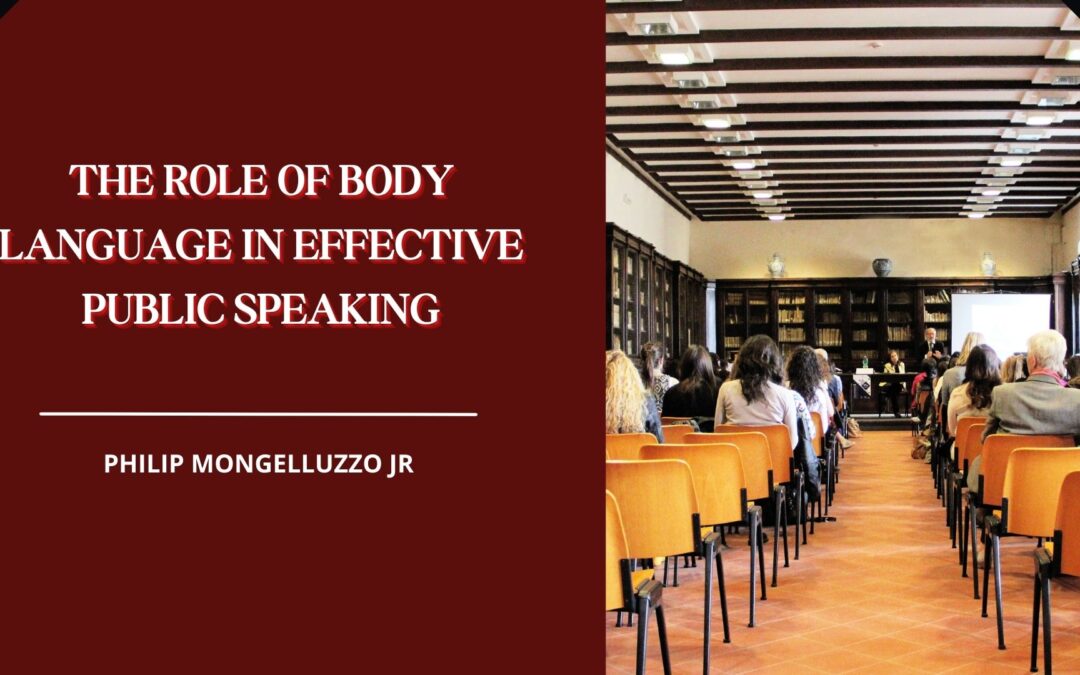Public speaking is an art that goes beyond the spoken word. It involves the effective use of body language to convey messages, engage the audience, and establish a connection. Body language, which includes gestures, facial expressions, posture, and movement, can enhance or undermine the impact of our words.
Nonverbal Communication: A Powerful Supplement to Words
Studies show that a significant portion of communication is nonverbal, with body language playing a vital role. In public speaking, body language becomes a powerful supplement to spoken words, helping to convey emotions, emphasize key points, and establish rapport with the audience. Gestures, such as hand movements or facial expressions, can enhance the clarity and impact of your message, making it more memorable and engaging for the audience.
Establishing Credibility and Confidence
Body language plays a critical role in establishing credibility and confidence as a speaker. Maintaining an upright posture, with shoulders back and head held high, conveys confidence and authority. It exudes a sense of self-assurance and captures the attention of the audience. By exhibiting confident body language, such as making eye contact, using purposeful gestures, and standing tall, you create a positive impression and build trust with your listeners.
Engaging the Audience
Effective body language helps to engage the audience and hold their attention. A speaker who uses expressive facial expressions and gestures can capture the audience’s interest and keep them actively involved in the presentation. Varying your body movements, such as walking across the stage or using open-arm gestures, adds dynamism and visual interest to your delivery. By incorporating these elements, you create a more captivating and interactive experience for your listeners.
Conveying Emotions and Connecting on an Emotional Level
Body language is a powerful tool for conveying emotions and connecting with the audience on an emotional level. The way you use facial expressions, such as smiling or raising an eyebrow, can express excitement, concern, or empathy. These nonverbal cues help the audience connect with your message and feel the emotions you want to convey. When your body language aligns with your words, it creates a genuine and impactful connection with the audience.
Enhancing Message Comprehension and Retention
Clear and intentional body language can significantly enhance message comprehension and retention. By using gestures and movements that reinforce key points or highlight important information, you provide visual cues that aid the audience in understanding and remembering your message. For instance, using a sweeping gesture to illustrate the magnitude of a problem or a pointing gesture to emphasize a specific detail can enhance the audience’s understanding and make your message more memorable.
Adaptability and Audience Responsiveness
Mastering body language in public speaking also involves being adaptable and responsive to the audience’s reactions. Observing the audience’s body language cues, such as facial expressions or postures, can provide valuable feedback on their level of engagement, understanding, and interest. As a speaker, you can adjust your body language accordingly to maintain a connection, re-engage the audience, or emphasize certain points. This adaptability helps to create a dynamic and responsive speaking experience that resonates with the audience.
Body language is a crucial component of effective public speaking. It has the power to enhance your message, establish credibility, engage the audience, and create a memorable and impactful experience. Remember that your body speaks as much as your words, so pay attention to the nonverbal cues you convey and use them to your advantage. With practice and awareness, you can harness the power of body language to become a compelling and influential public speaker.

